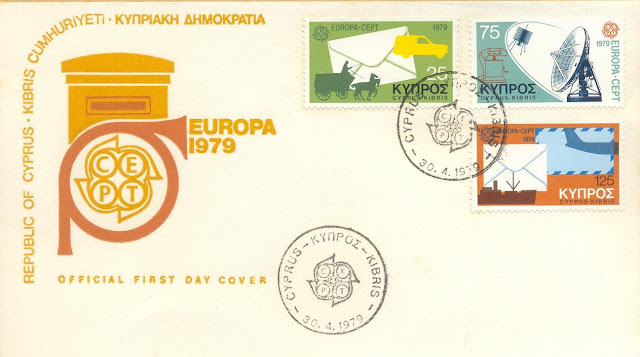
The Prominent Americans series is a set of definitive stamps issued by the United States Post Office Department (and later the United States Postal Service) between 1965 and 1978. It superseded the Liberty issue of 1954, which by the mid-1960s had become somewhat dated, for instance in its focus on political figures. This was the first U. S. omnibus definitive series in which Benjamin Franklin did not appear at or near the beginning: on the ½¢ or 1¢ stamp. The values of the new series included figures from all walks of life, each depicted in a different style by a different designer, presumably in a quest for wide diversity—a significant departure from the uniformity of concept that had marked previous definitive issues. The stamps appeared one by one from 1965 on, and the basic designs had all been issued by 1968; tagged versions made their first appearances gradually through 1973, and coil and booklet version of the 15¢ were issued in 1978 in response to a first-class rate change. The cover shows the Inauguration of George Washington at New York on 30th April 1789.
The 5¢ Washington was originally excessively shaded around the lower part of the face, so much so that it has come to be known as the "dirty face" or "unshaven" Washington. Originally appearing in February 1966, it was superseded by a lightened version in November 1967. Thank you Maria for this FDC.





































